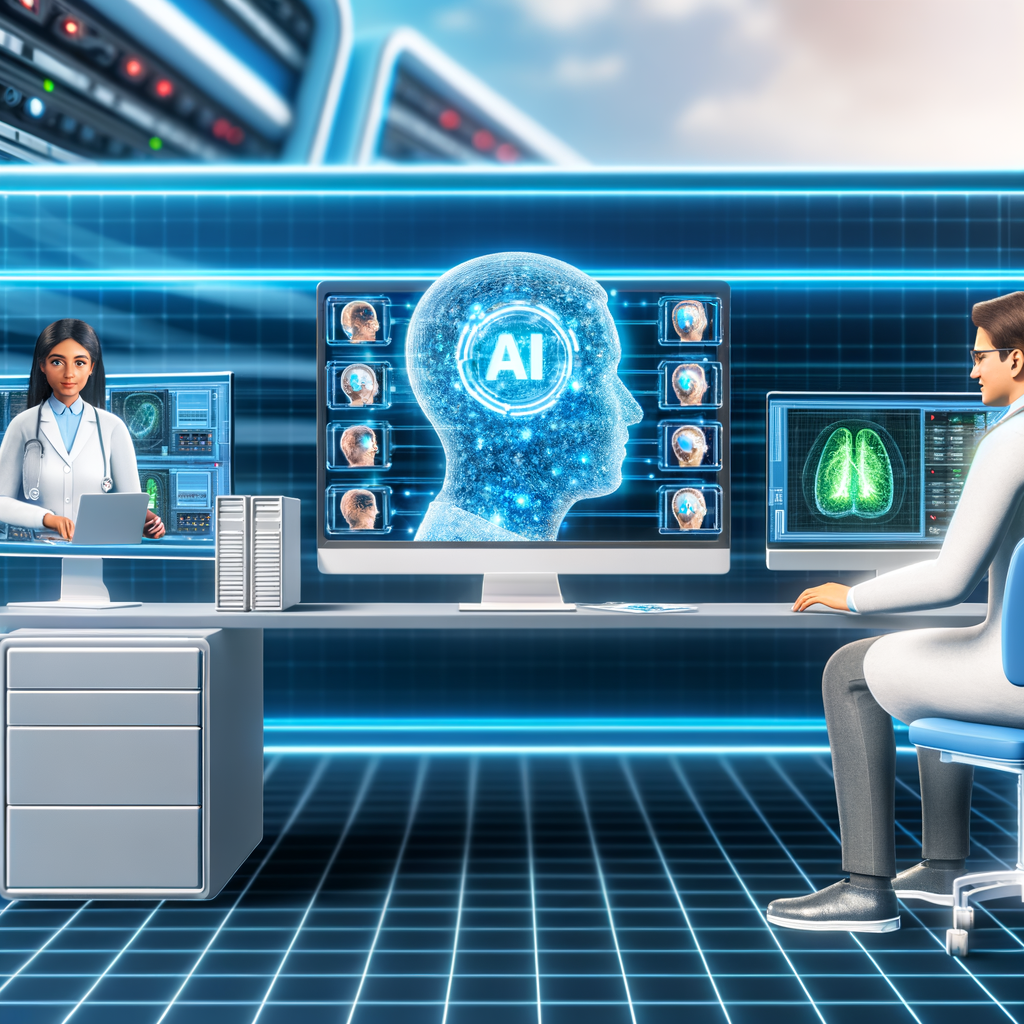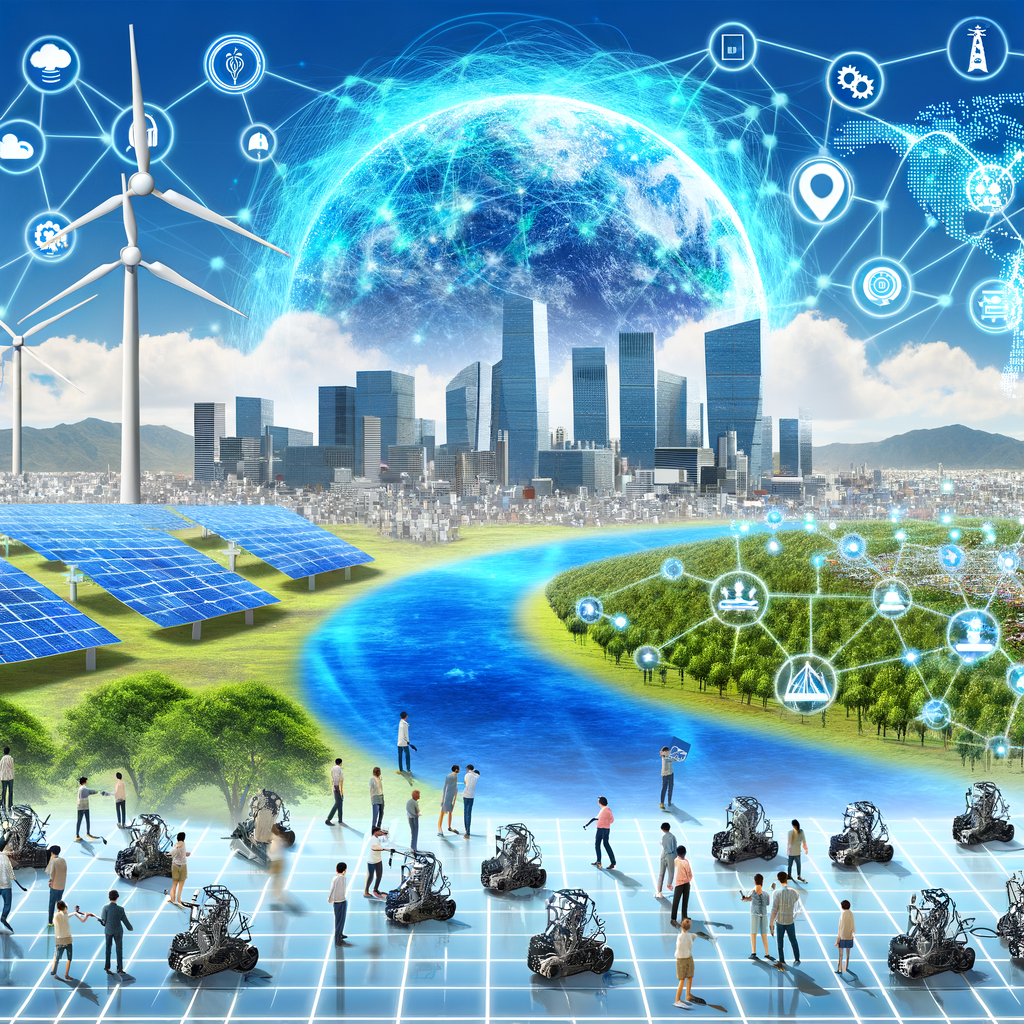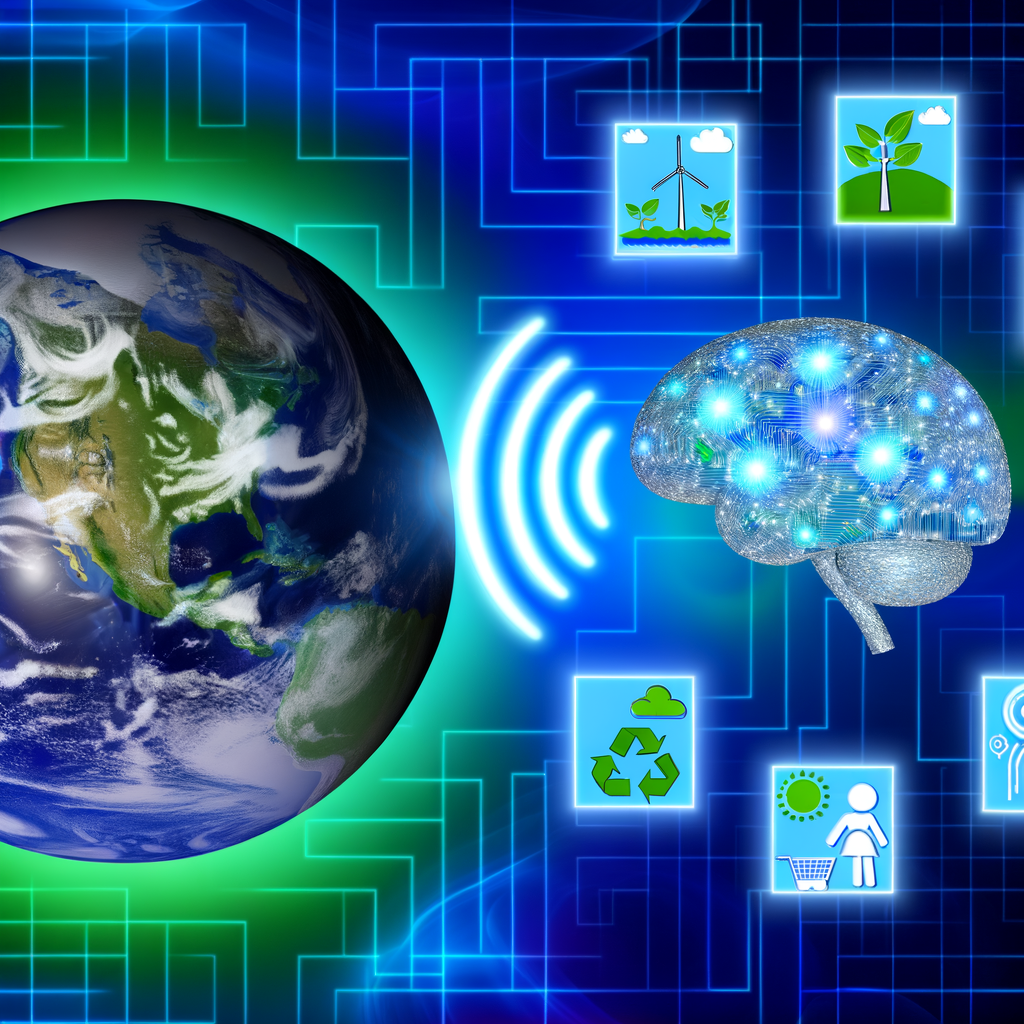Enhancing Clinical Trial Management with Artificial Intelligence
Clinical trials are the backbone of medical research, paving the way for advancements in treatment protocols and therapeutic approaches. However, they are often fraught with challenges, including patient recruitment, data management, and regulatory compliance. In this digital age, leveraging cutting-edge technologies can significantly streamline these processes. One of the most promising innovations is artificial intelligence (AI). In this post, we will explore some unique areas of clinical research that could greatly benefit from the integration of AI into clinical trial management.
1. Patient Recruitment and Retention
Recruiting the right patients for clinical trials is pivotal for their success. Traditional recruitment methods can be slow and inefficient, often resulting in delays that impact timelines and costs. AI can transform this process by enabling more targeted and efficient recruitment strategies.
By analyzing large datasets, including electronic health records (EHRs) and genomic information, AI algorithms can identify potential candidates who meet eligibility criteria. This “intelligent matching” not only speeds up recruitment but also enhances diversity within trials, promoting broader representation of patient populations.
Moreover, AI can also aid in patient retention. Through predictive analytics, researchers can identify at-risk participants who may drop out and implement tailored interventions to keep them engaged. This proactive approach can significantly reduce dropout rates, ensuring the integrity and success of the clinical trial.
2. Data Management and Monitoring
The amount of data generated in clinical trials continues to grow exponentially. Managing, analyzing, and deriving insights from this data can be overwhelming. AI can simplify this process by automating data collection and analysis, allowing researchers to focus on interpreting results rather than getting lost in figures.
AI algorithms can continuously monitor trial data in real-time, spotting discrepancies and ensuring data integrity. The use of machine learning models can help identify outliers and patterns that may not be readily apparent. For example, if a specific subgroup of patients shows unexpected side effects, AI can flag this issue promptly, allowing researchers to investigate further.
Additionally, AI can assist in managing regulatory compliance. Continuous monitoring can ensure that trials adhere to ethical standards and regulatory guidelines, thereby minimizing risks and enhancing patient safety. As one industry expert puts it, “AI not only makes data management more efficient but also fortifies compliance in an increasingly scrutinized clinical landscape.”
3. Personalized Treatment Approaches
As medicine shifts towards precision health, individual patient characteristics are paramount. AI can aid researchers in developing personalized treatment protocols based on patient-specific data. By utilizing machine learning algorithms, researchers can analyze variables such as genetic information, biomarkers, and lifestyle factors to tailor interventions that are more likely to be effective for individual patients.
This level of personalization is invaluable in clinical trials, as it can lead to more meaningful results and insights. For instance, in oncology trials, AI can help identify which patients are likely to respond best to particular therapies. This not only enhances patient outcomes but also optimizes resource allocation, making trials more efficient.
4. Enhanced Patient Engagement and Communication
Patient engagement is critical for the success of clinical trials, yet many trials struggle with communication and interaction. AI-driven chatbots and virtual assistants can bridge this gap by facilitating communication between researchers and participants. These tools can answer common queries, provide reminders for medication or follow-up visits, and even conduct basic assessments.
Furthermore, AI can analyze patient feedback and sentiment to gauge their understanding and satisfaction with the trial. By identifying areas where patients may have concerns or confusion, researchers can address these issues promptly, enhancing overall engagement. As healthcare expert Dr. Emily Carter notes, “AI tools offer a layer of support that empowers participants, creating a more interactive and positive trial experience.”
5. Predictive Analysis for Trial Outcomes
One of the most promising applications of AI in clinical trial management is predictive analysis. AI algorithms can analyze historical trial data and external factors to predict potential outcomes, recruitment timelines, and patient behaviors. This foresight can greatly improve the planning and execution of clinical trials.
For instance, AI can help in predicting which trial sites are likely to yield the highest enrollment rates based on demographics and historical performance data. By informing site selection and resource allocation, AI can enhance the efficiency of trial management.
Moreover, predictive models can assist in risk assessment by identifying potential challenges before they arise. This proactive stance allows for adjustments to be made in real-time, potentially saving both time and costs while ensuring participant safety.
Conclusion
The integration of artificial intelligence into clinical trial management is not merely a trend—it’s a transformative shift that holds immense potential. From enhancing patient recruitment and retention to streamlining data management and personalizing treatment approaches, AI can dramatically improve the efficiency and effectiveness of clinical trials.
The future of clinical research lies in our ability to harness these technologies, ultimately paving the way for more innovative treatments and better patient outcomes. As we embrace this digital revolution, stakeholders must prioritize collaboration between tech innovators and clinical researchers to ensure that AI is implemented effectively and ethically.
By leaning into the power of artificial intelligence, we can not only enhance clinical trial management but also accelerate the journey from bench to bedside, bringing life-saving therapies to those who need them most.


